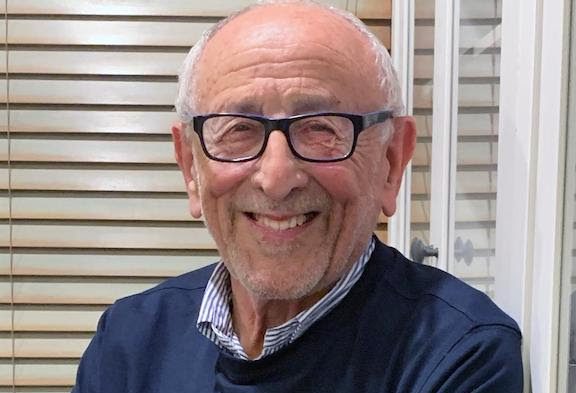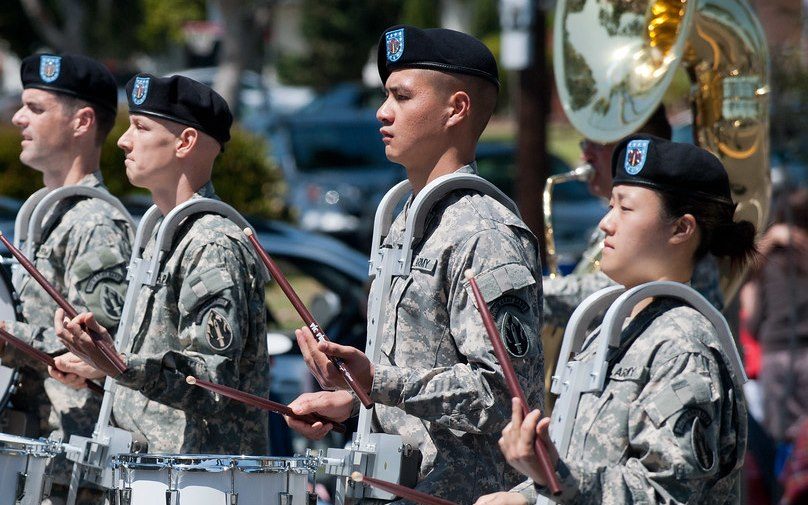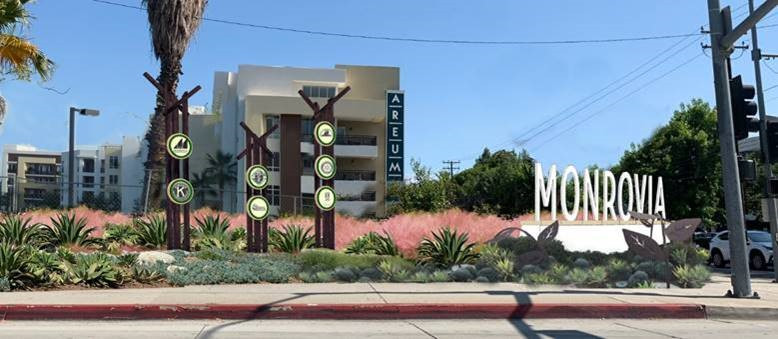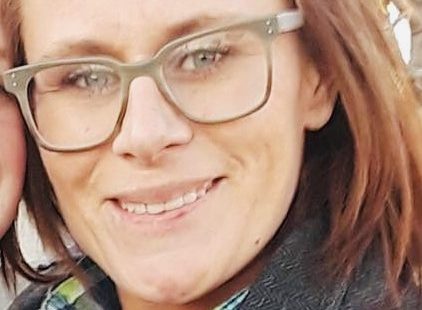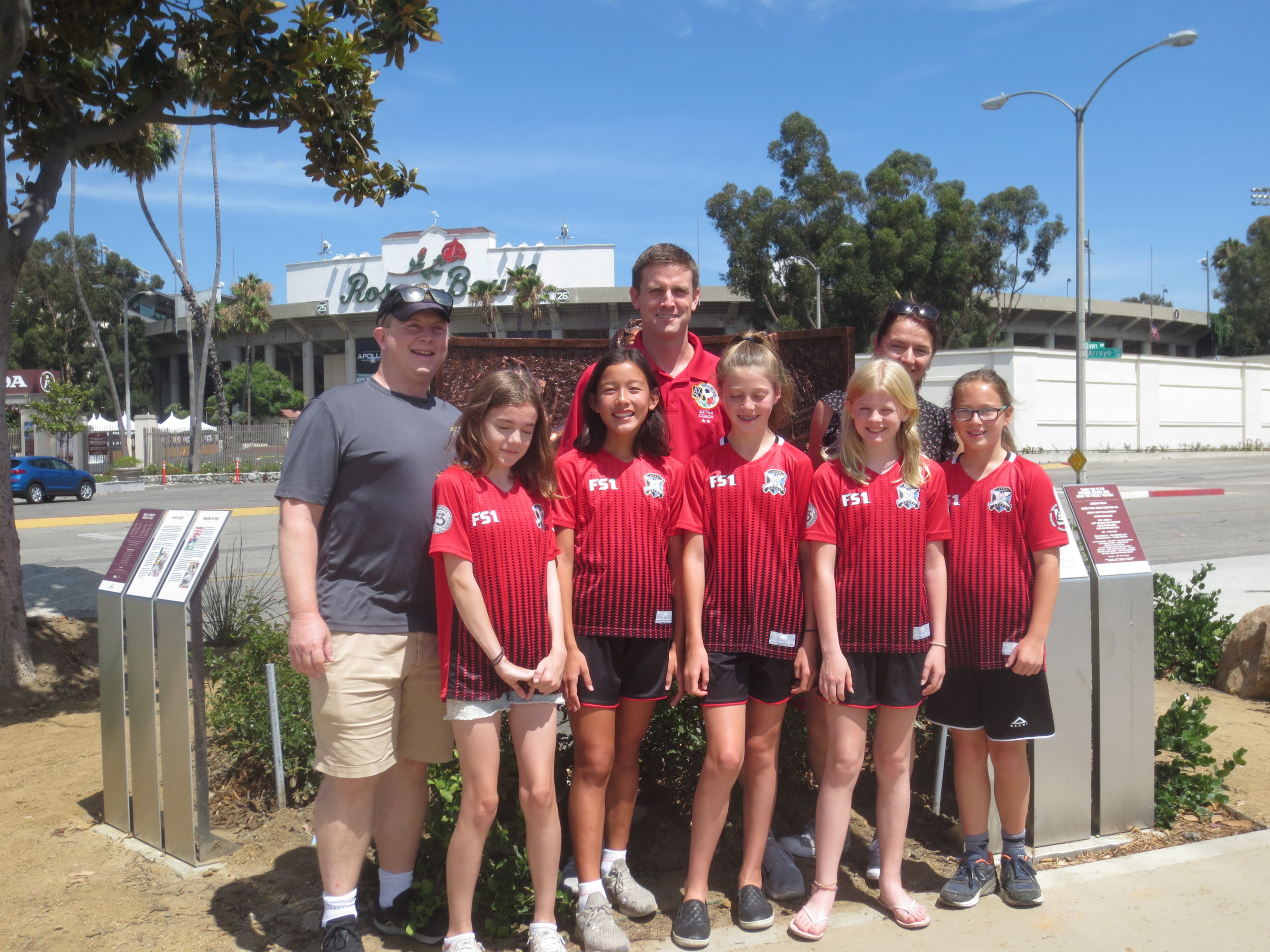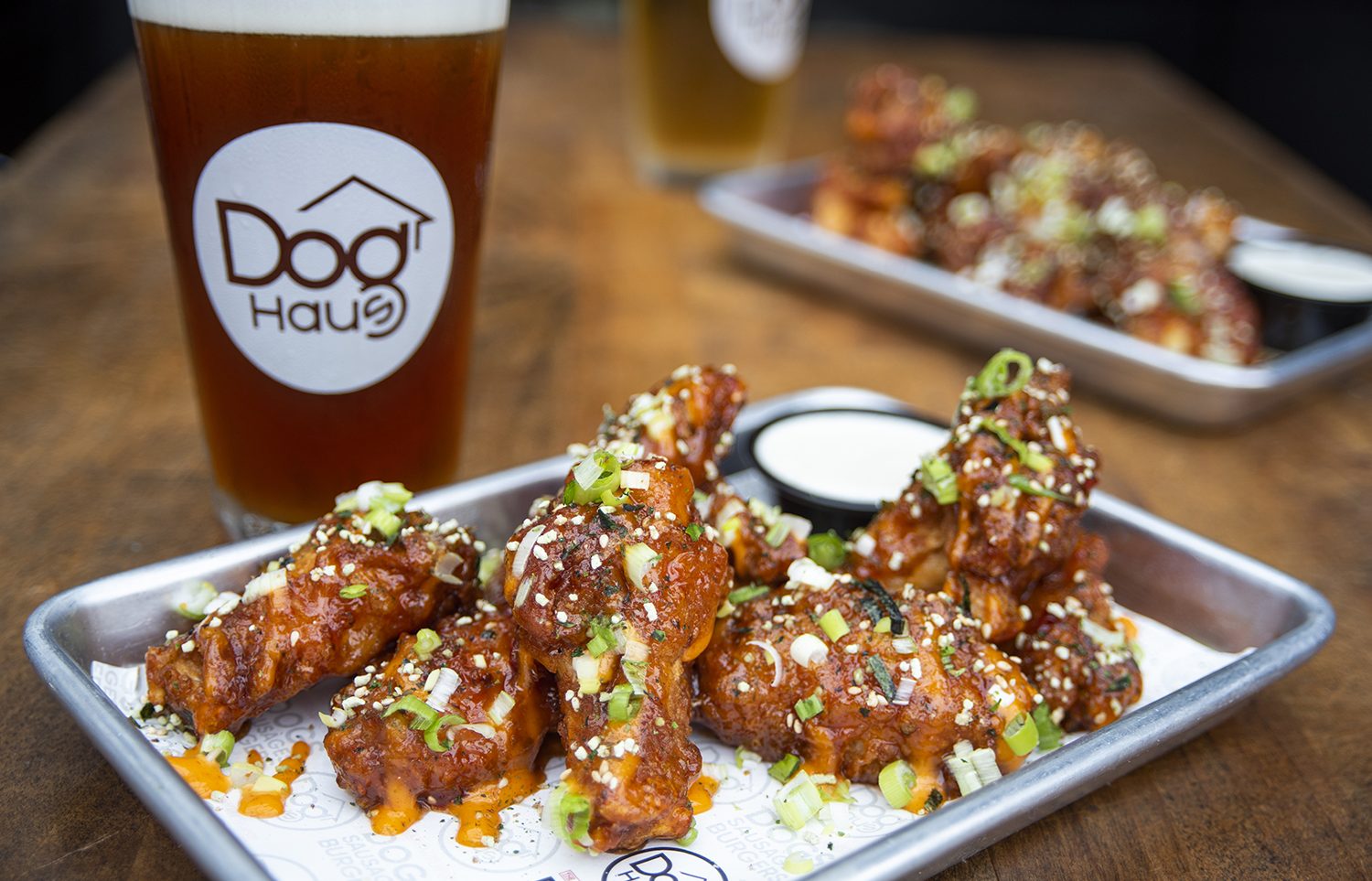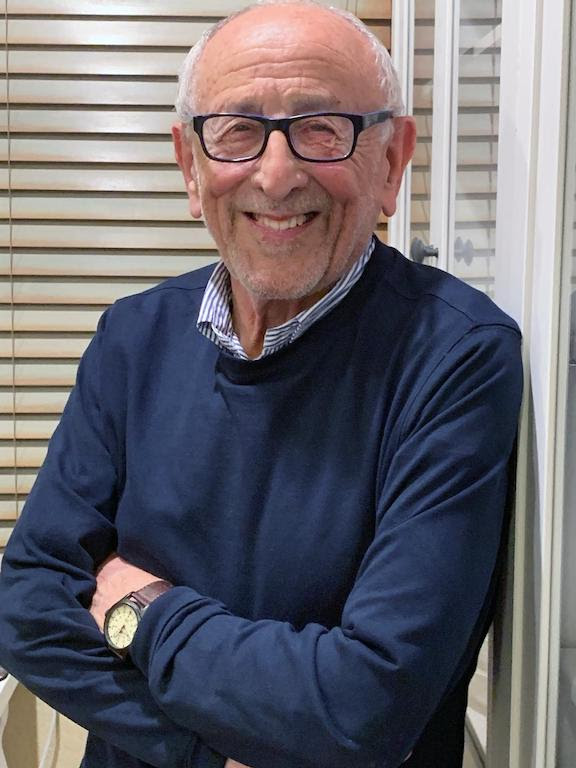
Ivor Davis joins journalists to mark the Tate-La Bianca Murders & Manson Trial on Aug. 3 at News Geezers quarterly meeting
By Terry Miller
My family immigrated to the states in 1965. The mid to late ‘60s were to be a truly defining time in American history. In 1968 two major assassinations, that of Martin Luther King Jr. and Bobby Kennedy, to name just two tragedies, shaped the world in which we live.
In 1969, 50 years ago, a lot of amazing and newsworthy things materialized: Woodstock, Neil Armstrong was the first man on the moon; the Beatles’ last public performance was on a London rooftop above Abbey Road studios.
A chain of events in 1969 would change the world leaving its mark in history as one of the most socially significant years thus far. What happened in 1969? Well, just about everything. The war ended, sort of. The swinging ‘60s morphed into the Summer of Love.
In 1969, the first ever Concorde test flight is conducted in France; 350,000 music fans attend Woodstock; the members of Charles Manson’s cult murdered five people and the first man lands on the moon. Oh, and who could forget? Nixon took office as POTUS No. 37.
And, let’s not forget Stonewall; Ed Kennedy’s Chappaquiddick incident that led to Mary Jo Kopechne’s death; the My Lai Massacre, the mass murder of unarmed South Vietnamese civilians at the hands of U.S. troops, is investigated; and John Lennon returns his MBE medal in protest to the British government’s support of the war in Vietnam. At the Altamont Speedway in Livermore, The Rolling Stones stage a concert; they hire the Hells Angels for security and four people die, leading to a documentary featuring the events called “Gimme Shelter.”
However, the Charles Manson murders overshadowed just about every other newsworthy event in 1969 due to the sheer horror, Hollywood connection and bizarre circumstances that made Manson and his “family” commit these grisly murders.
This reporter’s father, Henry Miller, covered the Charles Manson trial for the London Daily Telegraph. It was, from all accounts, a most remarkable experience.
One of my father’s good friends and colleagues, Ivor Davis, was working for the London Daily Express at the time. The British press, noted for being fiercely competitive, still shared a pint at the end of the day’s events. Davis and my father remained good friends’ years after the extraordinary trial.
On Aug. 9, 1969, Davis, was at the Cielo Drive murder scene before noon, surrounded by all of the Los Angeles and foreign press. What he didn’t know is that the vast fallout from this and another murder that evening would follow him the rest of his life. Known as the Tate-La Bianca murders, Davis tracked every lead, even flew to Inyo County to try and interview Charles Manson when Manson was arrested.
Davis spent several days at Spahn Ranch interviewing Manson Family members, and ex-members, gathering an intricate picture of the cult and its charismatic leader, Charles Manson. Before the trial began in the summer of 1970, Davis co-authored the first book published on the Tate murders, “Five to Die.”
From the first day of the Manson Family trial, Davis knew that the Helter Skelter theory was not the real motivation for the Tate-LA Bianca murders. He was flabbergasted as he sat in the front rows of the courtroom. Lead prosecutor, the young Vincent Bugliosi, said in his opening statement that it was the Beatles’ White Album and the secret messages inside songs like “Helter Skelter” that turned the young cult members into murderers.
“I was dumbfounded,” said Davis. “I knew that Manson had an obsession with the Beatles, especially the White Album, but from my several days of interviews with family members at the Spahn Ranch, I learned the real reasons for the murders. And it had nothing to do with the Beatles.”
Bugliosi’s use of Helter Skelter as a theory for motivation is well known as outrageous but highly successful. He won both trials and sent Manson and his key followers to prison for life.
Years later, Davis would learn from a former prosecutor on the trial that they had used his book “Five to Die” as a road map of what happened and who were the players. And the prosecutors knew that if they went with the motive given by Family members, it would complicate the ongoing Gary Hinman trial, the first Manson Family murder victim. When Bugliosi took over as the team’s lead, he decided on Helter Skelter.
But what really made them do it?

That information and much more about many people in Hollywood whose lives were changed by the Manson murders are covered in “Manson Exposed: A Reporter’s 50-Year Journey into Madness and Murder.” The 50th anniversary of the first murders is Aug. 9.
The book is an extremely well-written, gripping account of perhaps the most notorious and publicized murders since Jack the Ripper in London circa 1888.
Davis was there, throughout the trial of the century, along with my father and hundreds of the world’s press.
With the plethora of Manson stories available, Davis’ reportage is in-depth, accurate, an indisputable page-turner, and written with passion I’ve not seen elsewhere.
When I started reading and reciting Davis’ observations, the book was swiftly taken from my grip by my wife, who is now holding the book hostage until she finishes it.
I suppose I’ll have to grab another copy.
Pick up a copy.
Check out August issue of @LAmag for juicy extract from my book Manson Exposed: A Reporter's 50-Year Journey into Madness and Murder. Editors chose to focus on Southern Californian Leslie Van Houten. pic.twitter.com/m3sv2qPj5e
— Ivor Davis (@idavisbeatles) July 30, 2019
Through the generous help of Linda Deutsch and Davis, a remarkable group of veteran journalists will mark 50 years since the Manson gang’s killing spree and subsequent convictions at News Geezers monthly lunch. Al Wiman, Bill Robles, Mary Nieswender, Sandi Gibbons, along with Linda and Ivor will headline the lunch, which starts at noon at Victorios in North Hollywood. News Geezers is an informal, friendly group of veteran Southern California TV, radio, print, web and PR journalists who meet quarterly.
Each panelist was there 50 years ago, covering this story. Ivor Davis’s new book “Manson Exposed: A Reporter’s Journey into Madness and Murder,” was released last week. He and Deutsch put together the panel from those reporters they worked with throughout the almost two years of trials.
Deutsch says, “Our panel will include journalism stalwarts who covered the Tate-LaBianca killings and the Manson trials and have lived long enough and are willing to come back and tell the story.”
Linda writes of Ivor: “As a British reporter based in Los Angeles for the London Daily Express, Ivor was one of the first foreign correspondents to jump on the story, realizing its worldwide significance. He quickly produced a paperback book on the case, ‘Five to Die,’ which became a go-to publication for those seeking information on the killings. He and his late wife, Sally, covered the trial and, along with the late Bruce Russell of Reuters, became part of the close group of reporters who became BFFs.”
His new book is titled “Manson Exposed: A Reporter’s 50-Year Journey into Madness and Murder.” In it, he shares his personal odyssey over half a century, piecing together the complex and Byzantine story. For a chance to meet Davis and others who covered the trial:
News Geezers Panel
Journalists who covered the Tate/LaBianca Murders 50 years ago.
Saturday, Aug. 3
Victorios Restaurant
10901 Victory Blvd.,
North Hollywood 91606.
Contact for News Geezers:
Bob Tarlau
News Geezers
(818) 363-9260.

